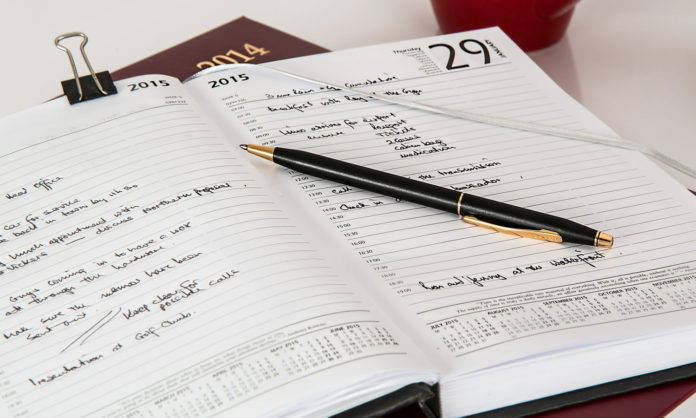
In a new post, Mary Carroll Moore offers advice on crafting a timeline for your story, for stronger flashbacks, backstory, and pacing. Is your timeline concrete and chronological? Or is it fluid, with flashbacks or jumps forward? Are your narrative transitions easy to follow?
When Moore struggled with a recent manuscript, she created a timeline by listing each scene, its location, and date. For summary scenes, she identified the range of dates and locations, as needed. Once she had a general list, she drilled down on location and date to make them as specific as possible.
“Readers track time but also want to know where we are in space (location) because the image granted by the place fuels emotional resonance,” Moore says. You don’t have to be rigid with this exercise, as long as your reader can follow your story. A notation of a sunrise may be enough to orient your reader in a scene.
With her scene chart, Moore then considered how her scenes were sequenced and found them askew. In some cases, continuity errors were easily identifiable, as a short scene might start in the morning but end in the evening for no reason. She also found that she could make better choices in describing a setting based on time of day and year. “If I chose to have something happen in the dark, it had a certain emotional meaning for the reader, compared to broad daylight,” Moore explains. “So I began playing with this, and adjusted it to make more impact. Some scenes I put at a different time of day, but mostly I just began to sequence them better, so a reader could track the days without any effort.”
The chart also highlighted areas where Moore may have skipped too much time and summarized scenes that could be fleshed out. The chart also suggested that the novel tried to cover too much time. “I needed to figure out where I could employ flashbacks instead of including past events as scenes,” Moore says.
Moore also realized how many locations she used. “There were way more locations than I could give meaning to,” she says. “I needed to also condense my location choices and make them each have meaning.” To do that, she added a column to her chart where she explored the meaning of each location. Certain locations leant themselves to revelations or certain emotions, so Moore relocated scenes and cut extraneous sites.











